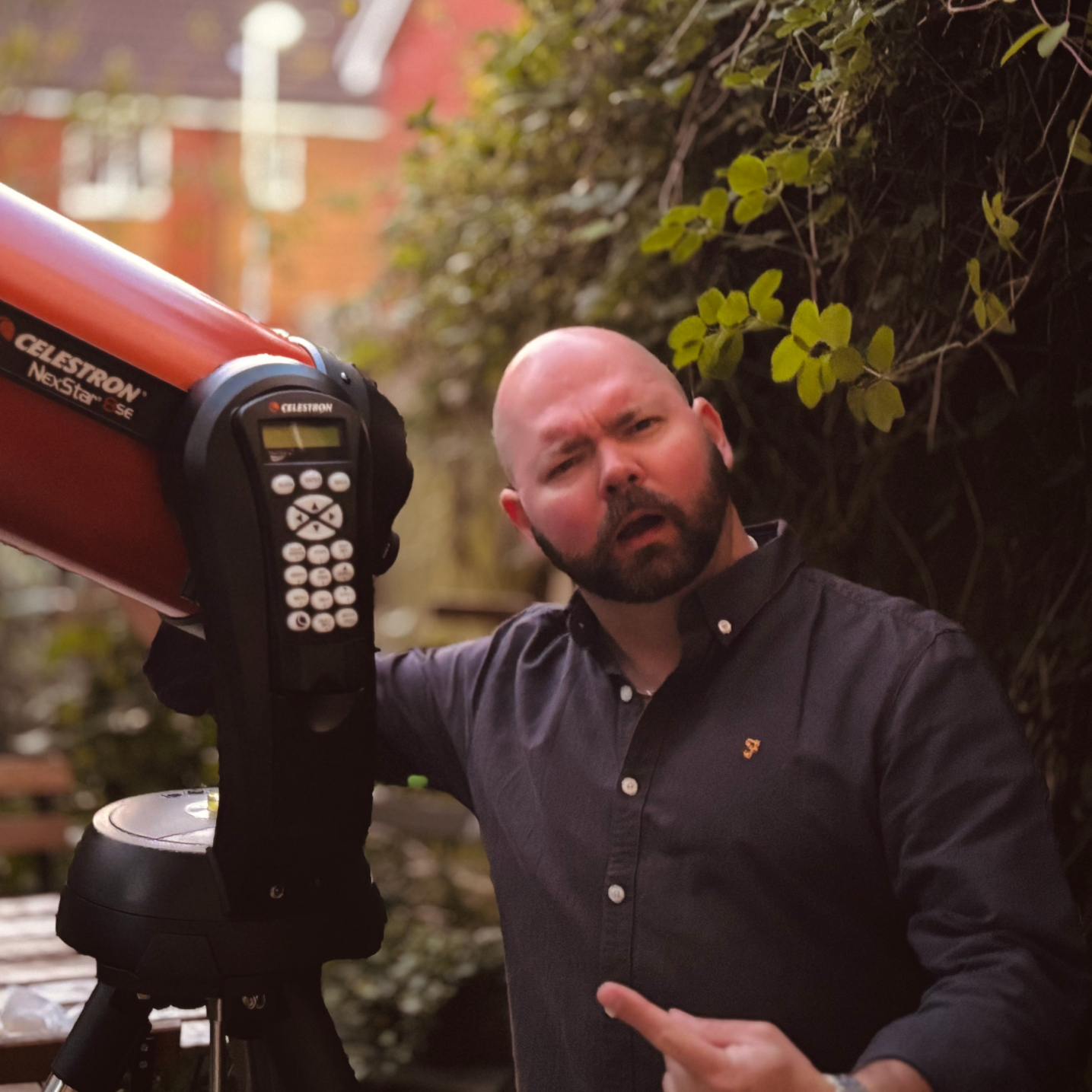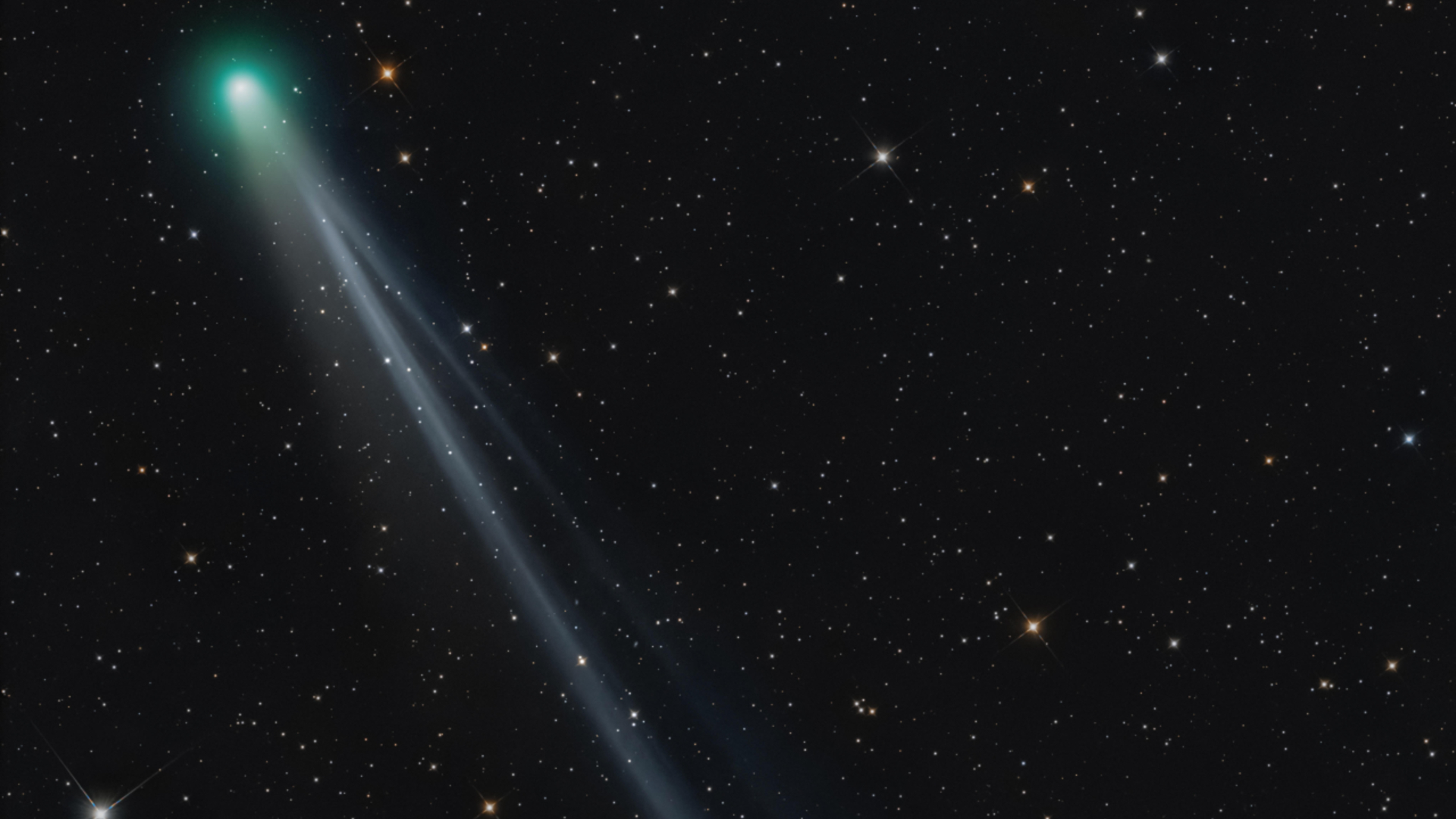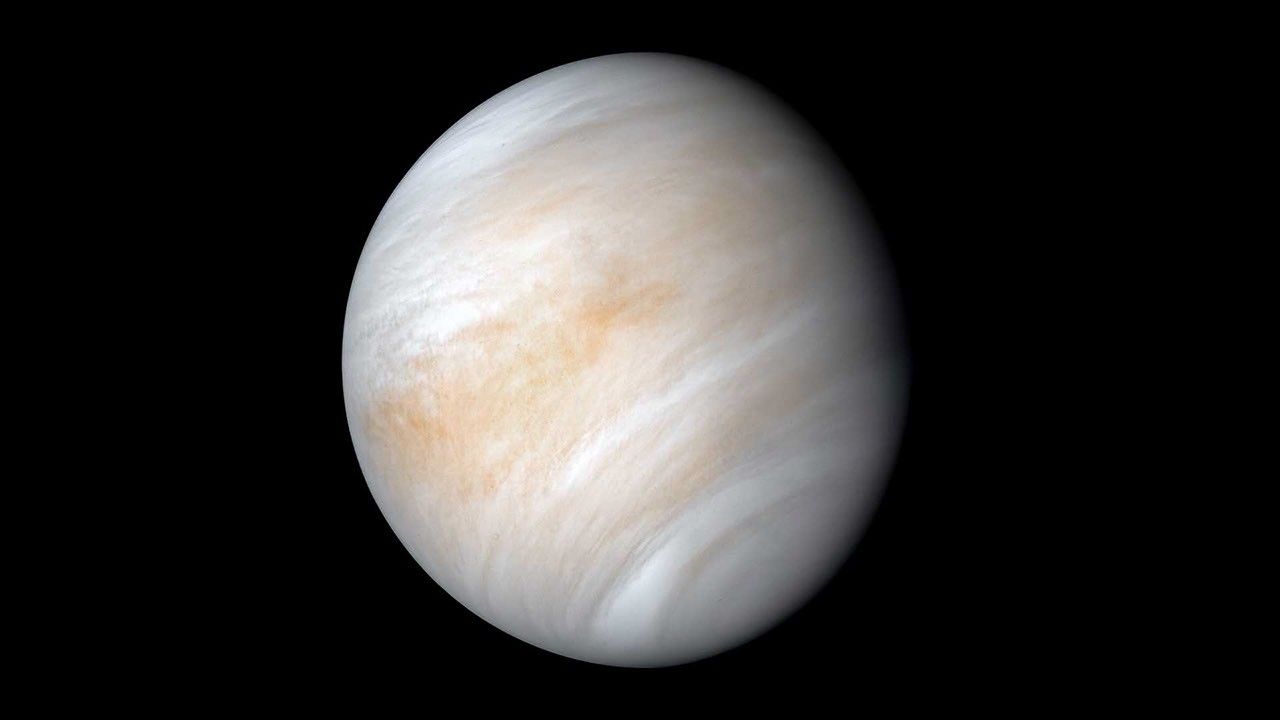Solar wind tears a chunk from Comet Lemmon's tail in incredible new astrophotography images
See how the solar wind shredded Comet Lemmon's tail in an extraordinary view from Earth
Astrophotographer Brennan Gilmore has captured spectacular views of the solar wind stripping a vast section from C/2025 A6 (Lemmon)'s tail, as the icy wanderer continues to brighten ahead of its close approach to Earth on Oct. 21.

Looking to photograph Comet Lemmon? Try the Nikon Z9, one of the top-performing digital cameras ever made and delicious overkill for astrophotography and landscapes. Get yours today.
Comet Lemmon has brightened dramatically since its discovery on Jan. 3,, raising hopes that it could become a spectacular naked eye comet in October as it nears the closest point to the sun in its 1,350-year orbit on Nov. 8 — a point known as perihelion.
Gilmore's image gives us a spectacular view of Comet Lemmon's glowing green coma as it passed close to the bright star TW Leonis Minoris in the constellation Leo Minor on Oct. 4. A long luminous tail stretches away from the comet's nucleus, as material ejected from the comet reflects the light of the nearby sun.
A comet's tail is constantly being blown by the steady stream of charged particles emanating from the sun collectively as the "solar wind". As such, it will always point away from the sun, rather than simply trailing a comet's direction of travel, like the exhaust trail of an aircraft.
Gilmore released a stunning 60-minute timelapse of Comet Lemmon as a colossal section of its tail was buffeted and stripped away by the solar wind on Oct. 2, during a spectacular disconnection event. The images were taken using a Takahashi Epsilon 130D Newtonian telescope in conjunction with a ZWO astronomy camera from Cismont, Virginia.
Comet Lemmon continues to brighten, with some observations posted by the Comet Observation Database (COBS) run by the Crni Vrh Observatory in Slovenia, putting its brightness at +5.1, which would make it detectable as an extremely dim object to the unaided eye from a dark sky location.
Be sure to check out our finder's guide if you're hoping to lay eyes on Comet Lemmon as it brightens further in October and read our tips on how to photograph a comet if you want to create a permanent memory of the wandering body before it disappears from our skies,
Breaking space news, the latest updates on rocket launches, skywatching events and more!
Editor's Note: If you would like to share your astrophotography with Space.com's readers, then please send your photo(s), comments, and your name and location to spacephotos@space.com.

Anthony Wood joined Space.com in April 2025 after contributing articles to outlets including IGN, New Atlas and Gizmodo. He has a passion for the night sky, science, Hideo Kojima, and human space exploration, and can’t wait for the day when astronauts once again set foot on the moon.
You must confirm your public display name before commenting
Please logout and then login again, you will then be prompted to enter your display name.


